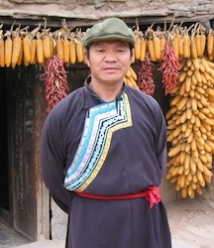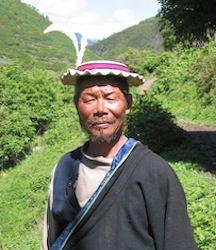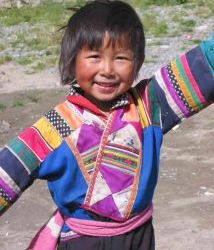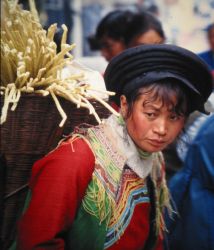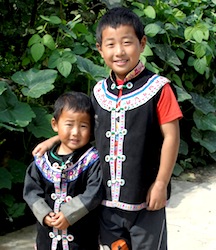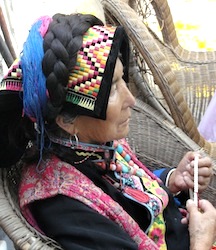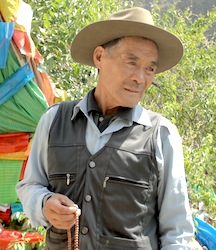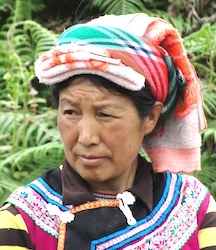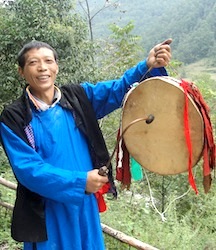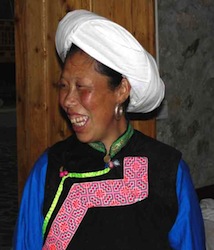Ethnic Corridor
Sandwiched between the flat, fertile Sichuan Plain, with its paddy fields and crowded cities, and the vast open expanses of the high Tibetan Plateau are a series of mountain ranges. Adjacent to the plain they are no more than high hills jutting up from the flatland, but further in the mountain peaks are snow capped and deep, narrow valleys snake between the ranges, their raging rivers plunging ever onwards. For generations the indigenous people have navigated this formidable terrain using rope suspension bridges across the rivers and zigzag paths up over the high passes. The valleys here are suitable for farming crops in the warm summer months, and the higher grasslands are ideal for rearing sheep and yak. Here, between the Plateau and the Plain is an interface where the ancient Chinese civilization in the east meets the Tibetan world to the west. The frontier between these two realms has swung back and forth over the centuries, as aboriginal and immigrant tribes, traders and invaders have intermingled and sometimes fought over this strategic swathe of land. Anthropologists and linguists refer to this region as “Sichuan’s Ethnic Corridor”.
Today, the Ethnic Corridor is home to a number of culturally and linguistically distinct tribes who, if not the original inhabitants, are settlers who trekked in from further north or west long ago. Most of these tribes identify somewhat with Tibetan ethnicity, lifestyle and worldview, but blended together with their own indigenous traditions, and sometimes influenced by other neighboring cultures too, such as Qiang or Yi or Han. As well as this cultural melting pot, Sichuan’s Ethnic Corridor is also linguistically very diverse. There are numerous languages and dialects spoken in this region, and most are Qiangic languages, which are not only distinct from each other, but also completely different to Tibetan languages.
Hence, the fringe of the Tibetan Plateau, and indeed the fringe of the Tibetan world in Sichuan Province is host to a string of truly unique people groups that don’t easily fit within recognized ethnic categories, nor show up in official ethnic statistics. “Living fossils”, tucked away between the rapidly modernizing Chinese to the east and mainstream Tibetan society to the west, they have somehow retained their native customs and festivals, their languages, and the distinctive style of their houses and clothing. Though most are officially categorized within the general Tibetan nationality of China, Sichuan’s Ethnic Corridor in fact has a complex dynamic between political, historical, ethnic, religious and linguistic factors that affect how the people groups there perceive themselves and how outsiders may view them.


